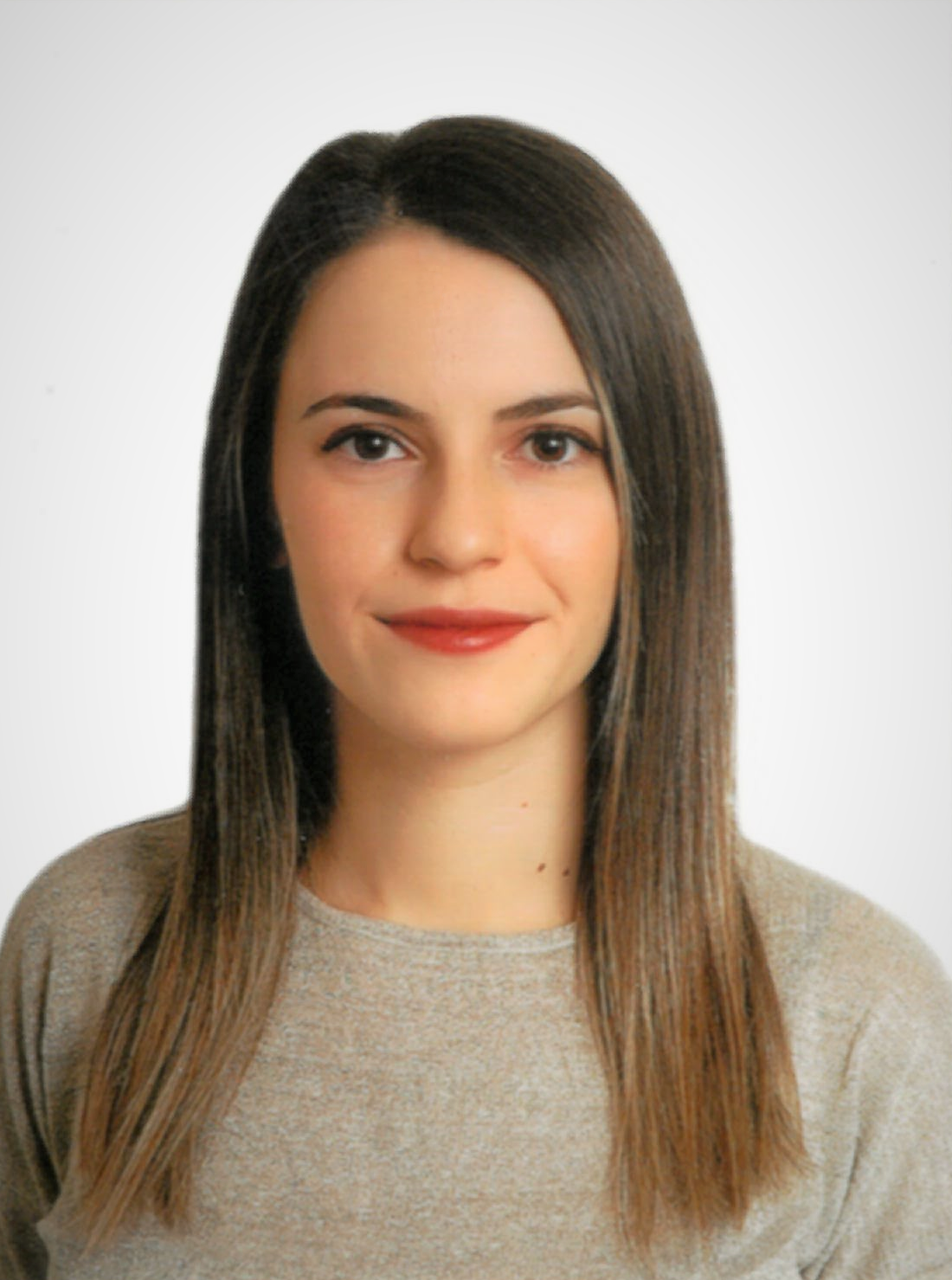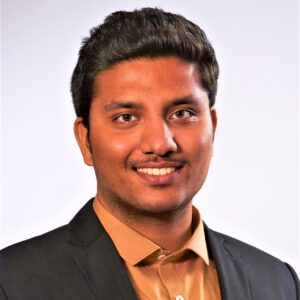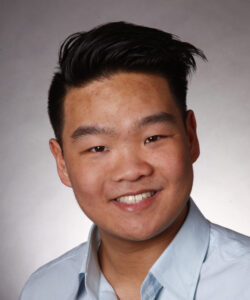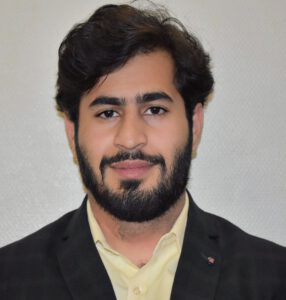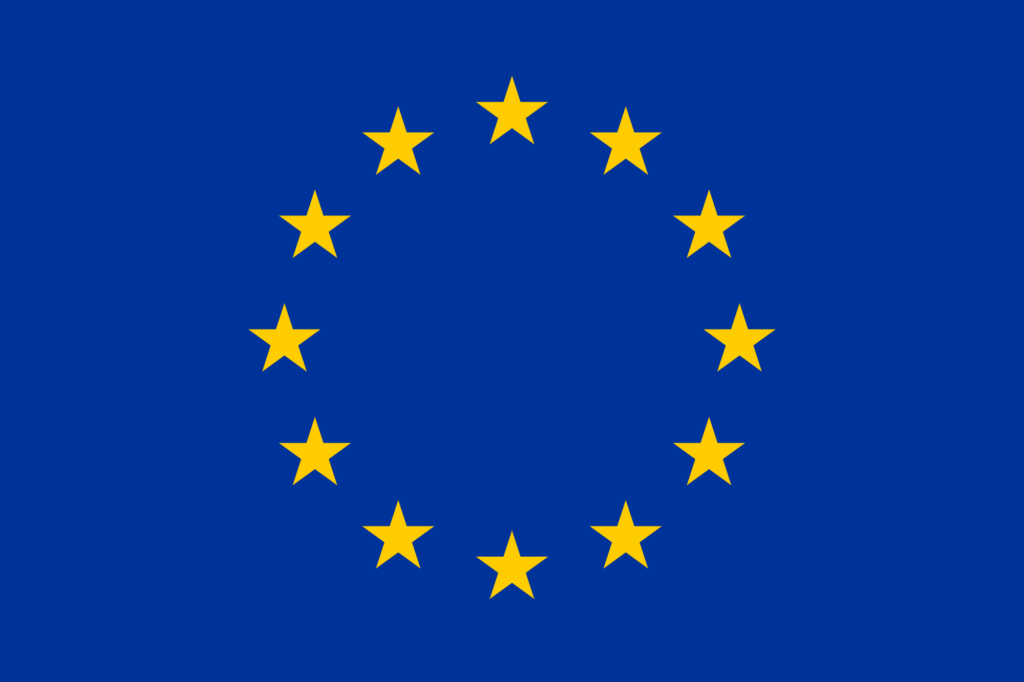Researcher: Ezgi Abacioglu
Researcher CV: Ezgi Abacioglu received the B.Sc. degree in Chemical Engineering from Gazi University, Ankara, Turkey in 2013 and the M.Sc. degree in Micro and Nanotechnology as a Member of the Center for Solar Energy Research and Applications (GÜNAM) in Middle East Technical University, Ankara, Turkey in 2017. Her master´s thesis focused on fabrication and characterization of one-dimensional coaxial plasmonic nanowires for low-loss waveguides. During her M.Sc. studies, she extensively researched the Atomic Layer Deposition (ALD) technique and atomic layer deposited dielectric thin film properties. From 2018 to 2021, she was a systems engineer at Roketsan Missiles Inc., Ankara, Turkey and worked on requirements management, product review process, testing, reliability engineering, and configuration management of rocket/missile systems. She has certifications in Systems Engineering (Tekim Academy, 2018), Practical Reliability (Cranfield University, 2019), and CM2-Professional (IpX Europe GmbH, 2020).
She is currently working toward the Ph.D. degree on photonic integrated THz transmitters as a Member of the Optoelectronics Department, Center for Semiconductor Technology and Optoelectronics (ZHO), University of Duisburg-Essen (UDE), Duisburg, Germany.
Research objectives: The purpose of this project is to develop arrays of photonic mediated THz sources to tackle the actual power limitations. Currently, the safe saturation current for THz photodiodes is below 10 mA allowing up to about a few 100 µW output power at 300 GHz. This research project will develop a novel 300 GHz multilayer waveguide technology for hybrid integration with a THz photodiode array. The aim is further to exploit HHI’s polymer board technology or SiN photonics for low-low power splitter as optical feeder and TRTs dual-mode laser for low-phase noise THz generation. This work addresses low-low THz waveguides and directive antennas (Challenge IV), high-power THz photodiode arrays as optically-mediated THz sources and photonic integration (Challenge I & V) and thus it will contribute to overcoming the challenges 1, 4 and 5.
Expected results: Low-phase noise, frequency stable and high-power optically-mediated THz sources for optical THz communications and as photonic LO for pumping mixers (e.g. SIS or low-barrier SD) in space and radioastronomy.
Planned secondment(s):
- to ULIL (Prof. Guillaume Ducournau), M12 for 1 month, for round-robin characterization of THz photodiodes
- to HHI (Prof. Björn Globisch), M15 for 1.5 months, for designing the polymer-based low-loss optical power splitter
- to ACST (Dr. Oleg Cojocari), M 30 for 2 months, pumping ACSTs low-barrier SBD mixers with optical THz sources

